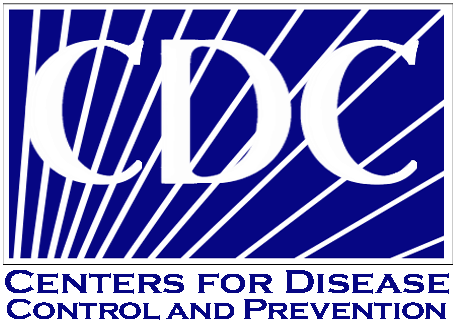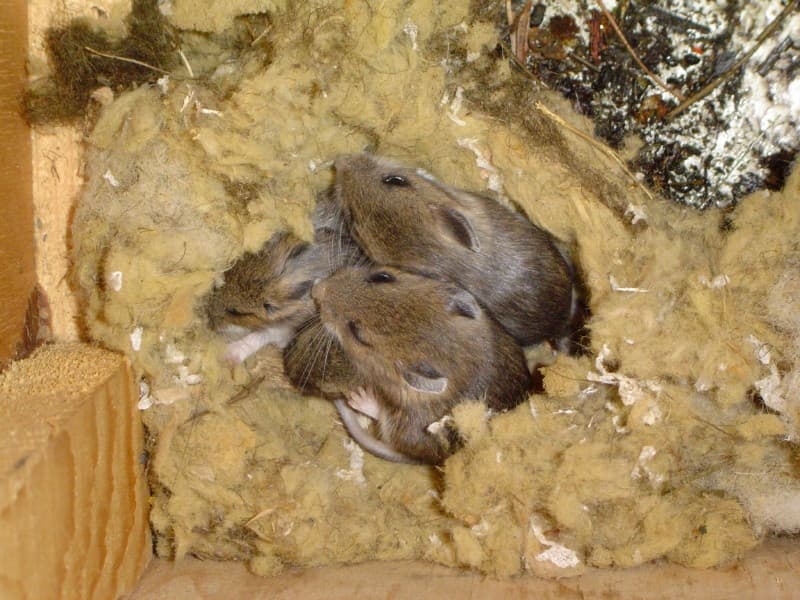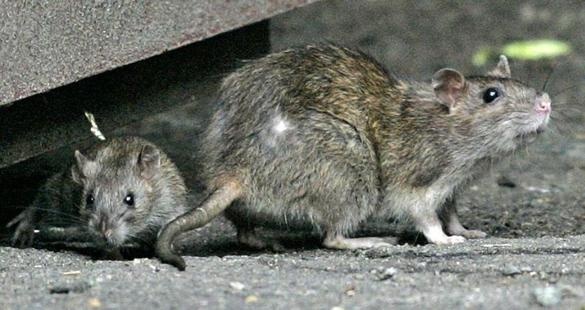Dangers:
Mice and rats are known to carry over 35 diseases, which can be directly transmitted to humans via handling rodents or coming into contact with their feces, urine, saliva, or through bites. Additionally, diseases from rodents can also be indirectly spread through ticks, mites, or fleas that have bitten an infected rodent.
Signs: Please ensure that the HTML format remains unchanged while making concise improvements.
- Scratching noises
- Gnaw Marks
- Rub Marks
- Chewed Wires
- Droppings
Prevention & Treatment:
The key strategy to prevent human contact with rodent diseases is efficient rodent control at home. We accomplish this via a customized IPM program. Our IPM method may include steps such as removing food sources, sealing small entry points into buildings, and effective trapping or baiting for rodents around your home or office.
Facts:
- Mice can breed year-round, but when living outdoors, they breed mostly in the spring and fall. They average 8 litters in a single year. With about 6-12 mice per litter, a single mouse can give birth to around 96-100 babies a year!
- Mice can fit through openings the size of a dime and they can be very hard to control with over the counter products.
- Eat through cardboard, wood, plaster and even plastic.
- Gnaw on electrical wiring, which can potentially cause an electrical fire.
- Contaminate food.







